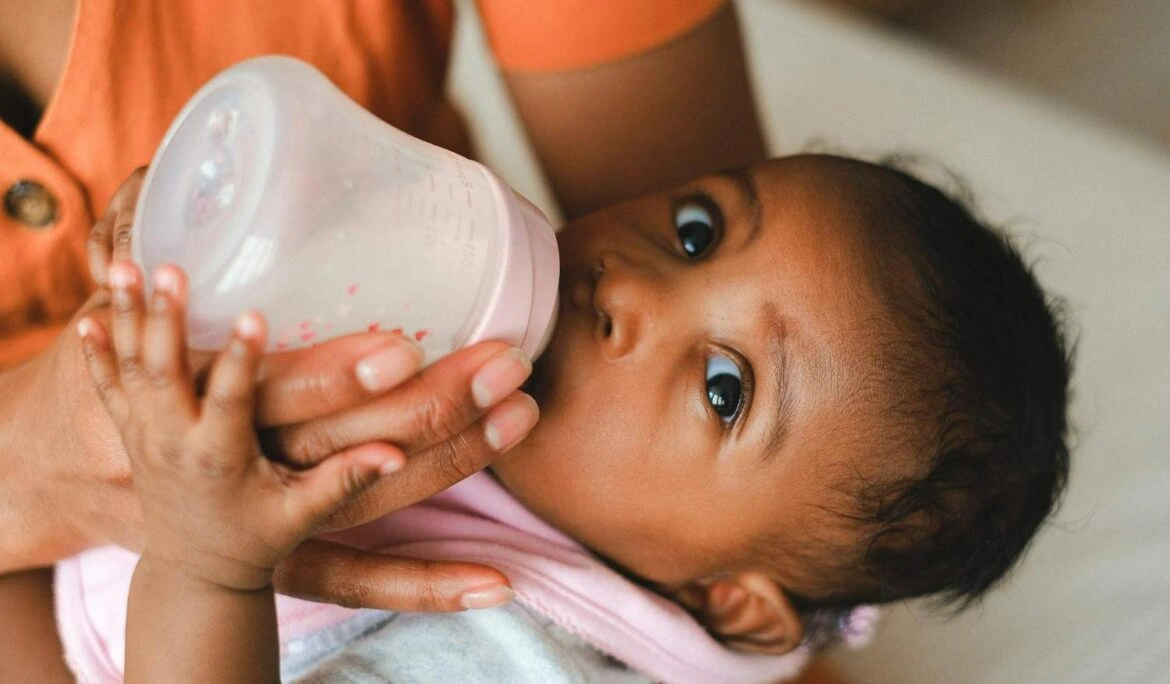
New parents face many choices. Feeding decisions are big ones. Breastfeeding is natural for many. Bottle feeding offers flexibility. Both nourish growing babies. Each has unique benefits too. Consider what works for you. Your baby’s health is top priority. This includes their tiny teeth. Dental health starts very early.
Bottle Feeding vs. Breastfeeding: Impact on Teeth
Comparing bottle feeding vs. breastfeeding is key. Both impact a baby’s teeth. The effects are quite different. Understanding these distinctions helps. It guides your feeding practices. Early dental health matters greatly. It sets the stage for life. This information is vital for parents. Make informed decisions for smiles.
How Breastfeeding Affects Oral Development
Breastfeeding promotes healthy development. The baby’s mouth works hard. Latching requires strong jaw muscles. This helps facial bone growth. It aids proper teeth alignment. The tongue’s position is natural. Breast milk doesn’t pool easily. It flows differently than formula. This reduces decay risks. It fosters good oral habits.
The Mechanics of Breastfeeding
During breastfeeding, babies actively suck. Their tongue cups the nipple. Milk flows when they draw it out. This strengthens oral muscles. The jaw moves forward and back. This motion aids facial growth. It’s a natural workout for the mouth. Milk doesn’t bathe the teeth. It goes directly to the throat. This is a key difference.
Bottle Feeding and Oral Risks
Bottle feeding can introduce risks. Milk can pool around teeth. Especially during prolonged feeds. This sugar sits on tooth surfaces. Bottle decay is a real concern. It affects front teeth mainly. The nipple shape matters too. Some promote less optimal jaw action. Proper feeding position is crucial. Avoid propping the bottle always.
Understanding “Baby Bottle Tooth Decay”
Baby bottle tooth decay is serious. It’s also called early childhood caries. Sugary liquids cause this decay. Milk, formula, or juice can be culprits. It happens when liquid pools. Often during nighttime feeding. Bacteria feed on the sugars. They produce acids that erode teeth. This leads to painful cavities. It impacts eating and speaking.
The Role of Sugar Content
All milk contains natural sugars. Lactose is present in breast milk. Formula also has sugars added. Juice is often full of sugar. It’s not just “sweet” drinks. Any prolonged sugar exposure harms teeth. Frequency of exposure matters more. Constant sipping creates constant acid. Limit sugary drinks strictly. Water is always best.
Proper Bottle Feeding Techniques
Technique reduces bottle risks. Hold your baby upright always. Don’t let them fall asleep feeding. Remove the bottle promptly. Never prop the bottle up. Use plain water at bedtime. After six months, use a cup. Avoid putting sweet liquids in bottles. Clean baby’s gums and teeth. These steps prevent decay.
Oral Hygiene for Infants
Oral hygiene starts early. Wipe baby’s gums after feeding. Use a soft, damp cloth. As teeth emerge, brush gently. Use a tiny, soft toothbrush. A rice-grain amount of toothpaste works. Fluoride toothpaste is recommended. Brush twice a day, every day. Make it part of their routine. This protects newly emerging teeth.
First Dental Visit Timelines
Schedule your baby’s first visit. It should be by age one. Or within six months of first tooth. The dentist checks oral development. They assess decay risks. They provide guidance for parents. Early visits build comfort. They establish good habits. Don’t wait for a problem. Prevention is always better. It sets kids up for success.
Fluoride and Tooth Protection
Fluoride strengthens tooth enamel. It makes teeth more resistant. It’s often in tap water. Check your local water supply. Fluoride toothpaste is key. Your dentist might recommend supplements. Or topical fluoride applications. It’s a crucial decay preventative. Discuss fluoride with your dentist. It’s a powerful protector.
Impact of Pacifiers on Teeth
Pacifier use can affect teeth. Prolonged use can cause issues. It might affect bite alignment. Overbites or open bites can form. Choose orthodontic pacifiers. Limit use after age two. Avoid dipping in sugar. Wean off pacifiers gently. This protects developing jaws. It promotes natural tooth growth. Consult your dentist for advice.
Thumb Sucking and Oral Health
Thumb sucking is similar to pacifiers. It can also impact alignment. It depends on frequency and intensity. It might push front teeth out. Habits usually fade naturally. If it continues past age four. Seek dental guidance for help. Gentle intervention can assist. Protecting bite development is key. Early habits shape smiles.
Transitioning to Sippy Cups
Transition to a sippy cup early. Around six to twelve months is ideal. This reduces bottle dependence. It lessens liquid pooling. Choose a free-flowing sippy cup. Avoid “no-spill” valves initially. These act like bottle nipples. Encourage regular cup use. By age one, bottles should be gone. This protects dental health.
